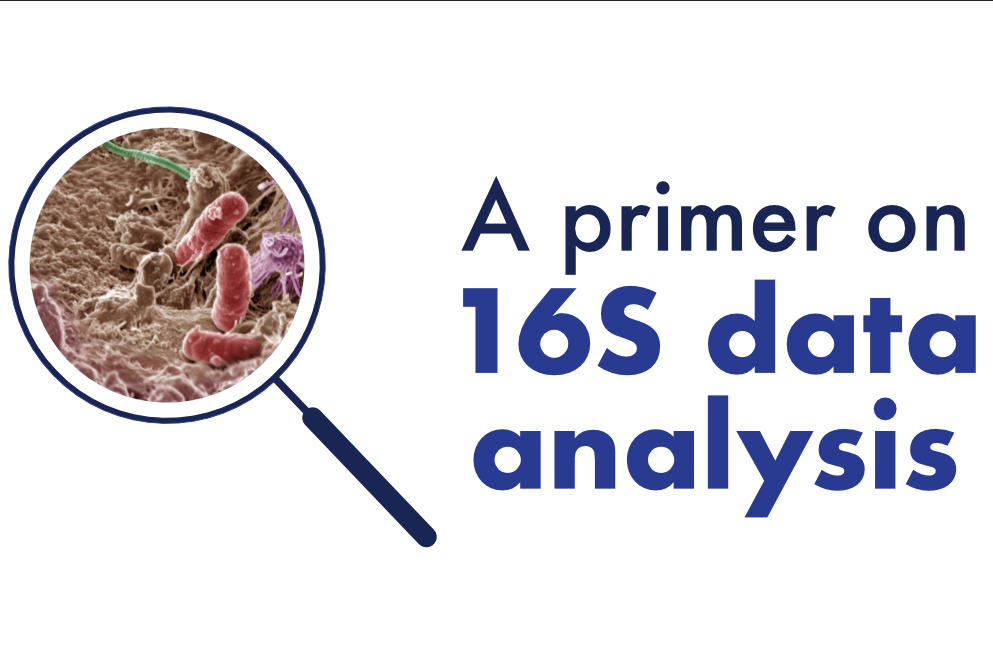Welcome to the page dedicated to the workshop “A primer on Metabarcoding Analyses”. This workshop was held virtually, on Zoom, on 14-15-16 June 2021.
Tutor
Dr Andrea Telatin (Quadram Institute Bioscience, Gut Microbes and Health)
Requirements
- Working knowledge of the Linux command line (cd, ls, ssh, head, grep, less…)
- Basic knowledge of Next generation sequencing procedures and output files (FASTQ)
- RStudio installed in the local computer, with the possibility to install R libraries (a list will be sent to the participants before the training)
- A terminal to connect to a remote server via SSH
- OPTIONAL: A Mac or Linux laptop where to test commands locally
Objectives
- The key steps and of a metabarcoding analysis from raw reads to numerical ecology
- The difference among OTUs (Operational Taxonomic Units) and ASVs (Amplicon Sequence Variants), and how to produce them from the raw reads
- The tools available to analyse metabarcoding experiment, with a strong focus on Qiime2
- How to use the Qiime2 package, understanding the file it produces and how to use its documentation to analyse 16S reads and produce interactive visualizations of taxonomy plots, alpha diversity and beta diversity (PCoA)
- The basic concepts of numerical ecology, and how to transfer the analysis from the command line to R


